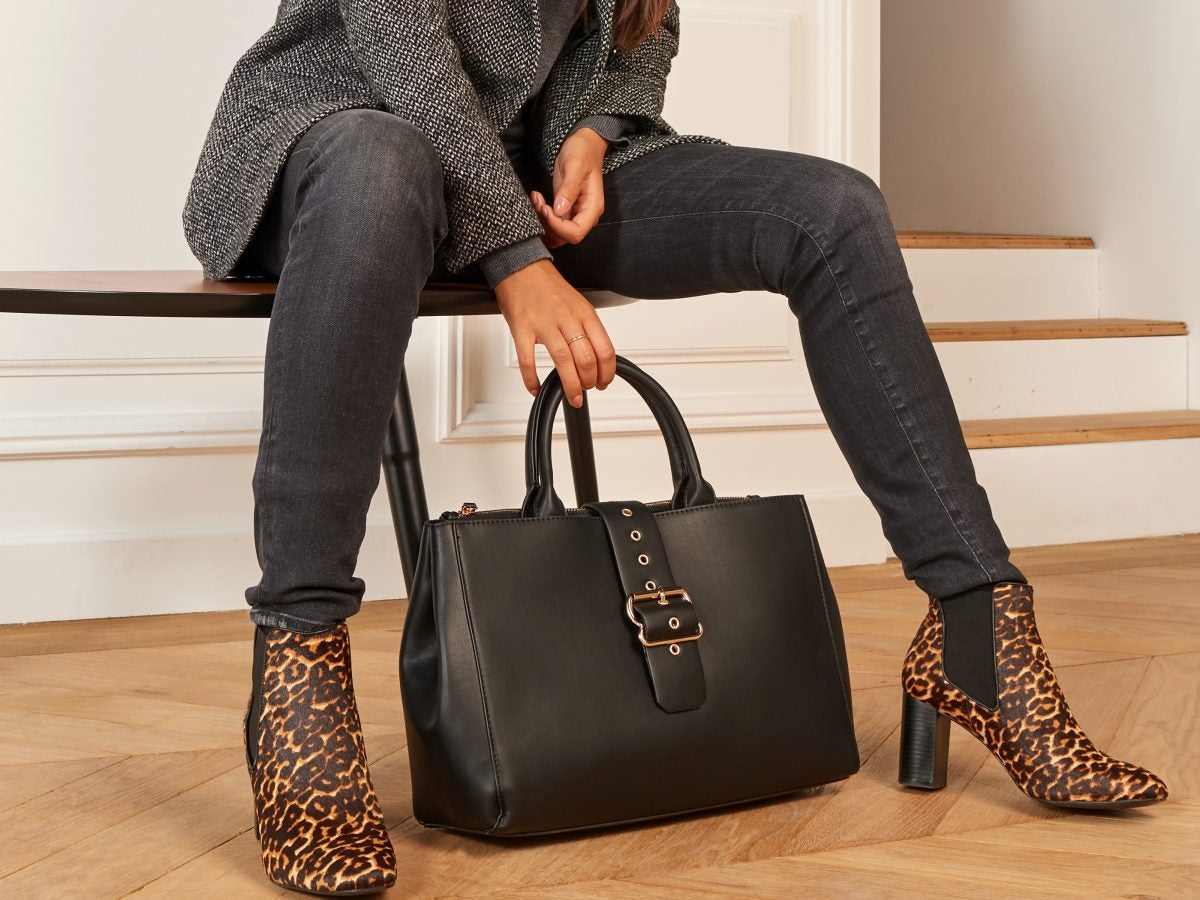
Money spiders. Never putting your purse on the floor. Cooking greens and black-eyed peas on New Year’s Eve for financial prosperity. If you’re a part of the Black diaspora it’s likely you’ve heard of these rituals at one point in your life, and probably instinctively follow them.
But have you ever thought to ask about their origin story?
Like most things, they can traced back to slavery.
The powerlessness thrust upon Black enslaved people pre-emancipation proclamation and during the Jim Crow era showed up economically, forcing those most affected to empower themselves any way they could.
Vanessa Croft, author and West Indies-based educator says Black financial folklore exists because Black people were removed from their own cultural rituals.
“You’ve got everybody coming from different parts of Africa being forced into this common location in the Americas,” Croft explains to ESSENCE. “So ,what they could fall back on is what they knew, understood and try to translate to one another across language barriers. You’ve got people from different tribes coming to the Americas. How are they going to communicate communicate?”
She explains that common cultural touchpoints are communicated through tradition over the course of many generations.
“It was a way to find a commonality,” Croft continues. “And regardless of the language you spoke, you might understand that concept. “A grasshopper in your house means money is coming. Don’t put your bag on the floor because your money is going to leave you.”
In a historical exploration of Black women and the protectiveness of their handbags that we see today, Dr. Monica L. Miller, author of Slaves to Fashion: Black Dandyism and the Styling of Black Diasporic Identity, says it dates back generations. “In the 1940s, women used to have larger purses called ‘freedom bags,’” she says, pointing to an era of Black female underemployment due to racism, leading them to turn to domestic work and would need a handbag big enough to carry a change of clothes outside of their uniforms worn inside their employers’ homes. With this, it’s likely that they would be protective over the bag because their prized possessions were in them.
“The purse was part of a Black woman’s ‘outside of the house’ uniform, which often was affected by respectability politics,” Miller tells The Cut. “When you leave the house, you want to look respectable because that ‘respectable’ look was thought, though it wasn’t always true, to be protective. It would protect you from harassment. It would protect you if you could look a little bit ‘above your station.’ It could protect you from all kinds of harassment and discrimination.”
Fatimah Gilliam, author of Race Rules: What Your Black Friend Won’t Tell You and former executive at CitiGroup and the United Nations says the traditions have prevailed due to Black people’s financial hopefulness.
“Regardless of how menial or ridiculous people may think some of these rituals are to outsiders, people within Black culture understand that we can’t go through life feeling that it’s just a perpetual situation of defeatism,” Gilliam explains referring to the pervasive wealth gap. “Yes, the deck is definitely stacked against us. There is no false illusion with that. As the saying goes, a lot of white people were born on third base and thought they hit a triple; many of us are still trapped in the dugout. But, I think it’s critical for there to be collective hope. Otherwise, people will stop striving.”
